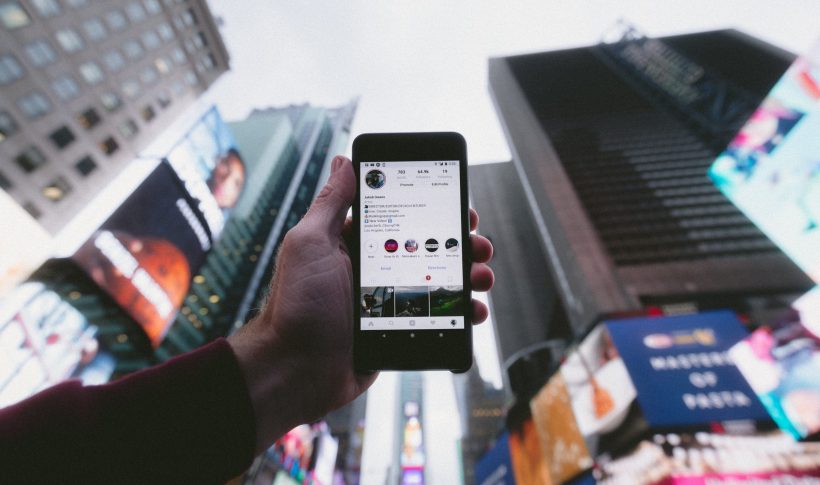Influencer marketing has become an integral part of marketing budgets for all kinds of brands – from the major to the minor, the well-known to the just starting out. But even veterans of marketing strategy might be surprised to learn that influencer marketing has seen some really impressive growth in recent years, and that it is likely to become one of the most profitable industries in the years to come.
Here are five really shocking influencer marketing stats that you should know:
1. The influencer marketing industry will reach a valuation of $16.4 billion in 2022
The influencer marketing industry has seen almost unprecedented growth in recent years. That growth has to do with a bunch of factors, but mainly that social media networks have taken off as the predominant platforms for communication and engagement, in addition to the effects of the pandemic that saw an increase in social media usage as more people stayed home. In 2016, the market was valued at $1.7 billion, in 2020 at $9.7 billion and now at almost double that (in under two years) at $16.4 billion!

Photo by Brooke Lark on Unsplash
2. 90% of Instagram users follow a business profile
Instagram has become the go-to platform for brands engaging in influencer marketing. 79% of brands noted Instagram as their preferred channel for conducting marketing campaigns, although the platform has less monthly active users than the most popular social network – Facebook. That’s likely because Instagram has designed the platform to encourage influencer activity, and has made it really intuitive for brands, influencers and even users to engage with promoted and sponsored content. =
Read also:
- How Can Marketers Connect to the Web3 Trend in Their Campaigns?
- Why Nano Influencers Are a Popular New Marketing Trend
3. 93% of marketers have used influencer marketing
This is a really clear indication that influencer marketing is becoming a stable part of marketing budgets and strategies. Influencer marketing helps brands generate a “word of mouth” effect around their product or service, which can be more effective in driving online sales. Social commerce is based heavily on getting “approval”, whether it be directly from a valued influencer or through a review, prior to purchasing, and influencer marketing is a great way to achieve this.
4. The market share of micro influencers grew from 89% in 2020 to 91% in 2021
Micro influencers are influencers with more than one thousand followers and less than 100,000. These influencers share unique continue on specific topics, like gardening or parenting for instance, and haven’t yet reached “celebrity” influencer status. Brands are turning to these influencers not only because they charge less per post or video, but because they can really hone in the company’s “word of mouth” messaging. The results are great for brand engagement and sales too!
5. Social commerce is expected to be valued at $2.6 trillion by 2026!
Social commerce is the sale or promotion of goods and services on social media networks, not always just by influencers, but also directly by the brand itself. As shopping increasingly becomes a virtual experience, more consumers are turning to social media networks to make their purchases, as opposed to physically visiting a store (because who really wants to leave the house?!). The market is expected to boom in the next few years, which is great news for brands that are already implementing or are planning to implement a killer influencer marketing strategy!
Influencer marketing is definitely taking off, and we recommend to stay tuned for more stats on why this marketing approach is a surefire way to increase your brand’s engagement and sales.



